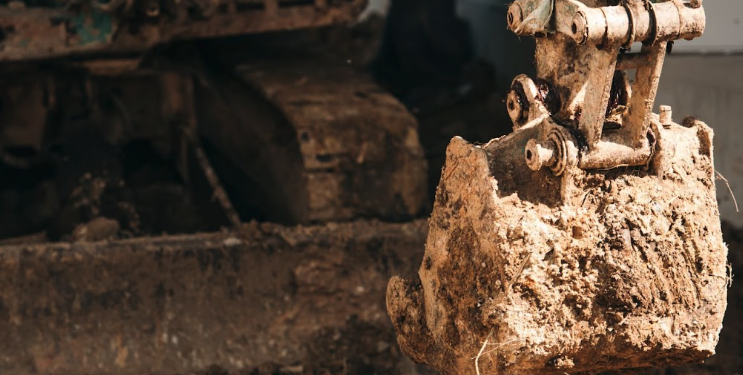Restoring Wetlands After Land Clearing in Cape Coral: Practical Steps

Introduction
When a project affects wetlands, restoration is not optional. It is a professional responsibility and often a legal requirement. Here’s what you need to know about restoring wetlands after land clearing in Cape Coral so you meet regulations and create a functional, resilient landscape.
Assess the impact first
Before you make any repairs, assess what was lost. Wetland assessments document hydrology, soil conditions, vegetation types, and wildlife use. That baseline shapes a restoration plan that actually works rather than a cosmetic fix.
If the clearing affected protected buffer zones, document the extent and gather photos to support the restoration plan.
Develop a practical restoration plan
A plan should state objectives, timelines, planting lists, hydrologic adjustments, and maintenance requirements. Use native species that tolerate tidal influence and the local water table.
Good plans are realistic. They consider seasonal planting windows and the likelihood of storms that can set the project back.
Re-establish hydrology where possible
Wetland function depends on water. If ditching or fill altered flow, restore it. That might mean re-grading, installing culverts, or creating micro-topography to hold water where plants need it.
Hydrologic fixes are technical. Work with a wetland restoration professional who understands Cape Coral conditions.
Choose the right plants
Native plants are the backbone of wetland restoration. They stabilize soil, filter runoff, and provide habitat. Pick species suitable for brackish or freshwater conditions depending on your site.
Planting density matters. Overly sparse plantings fail to establish. Overcrowding creates competition. Follow species-specific guidance.
Protect the site during establishment
Use temporary erosion controls and protective fences to keep trampling and invasive species out while new plantings establish. Mulch can help retain moisture and reduce weed pressure during the early months.
Regular maintenance in the first two years often determines long-term success.
Monitor and adapt
Restoration is not a single event. Monitor plant survival, hydrologic changes, and invasive species. If certain plants fail, replant with alternatives better suited to micro-conditions.
Adaptive management, making small, evidence-based tweaks, is how professionals achieve durable restoration outcomes.
Document and report
Regulatory agencies usually require monitoring reports at set intervals. Keep clear records of planting dates, maintenance actions, and photographic evidence of progress.
Good documentation demonstrates compliance and supports requests for final approvals.
Integrate with broader site plans
Frame wetland restoration into the overall site strategy. Use restored areas as amenities where possible, with boardwalks or observation points that do not compromise function.
This integration increases property value and public support for the restoration work.
Prevent future damage
Once restored, protect wetlands with buffers and clear site rules. Educate contractors and future owners about the importance of these areas and the legal consequences of damaging them again.
A protected wetland is a long-term community asset, not a construction nuisance.
Conclusion
Restoring wetlands after Cape Coral land clearing is technical but doable with a careful plan. Assess impacts, restore hydrology, plant natives, monitor, and document. Coordinate restoration with Cape Coral Land Clearing efforts from the start and make wetland health a permanent part of the property’s stewardship. That is how you repair the damage and create a lasting, functional landscape.






